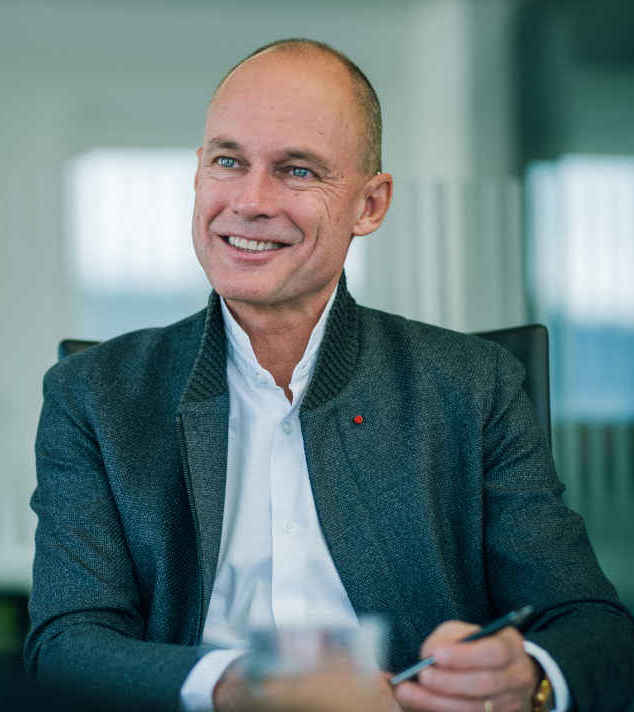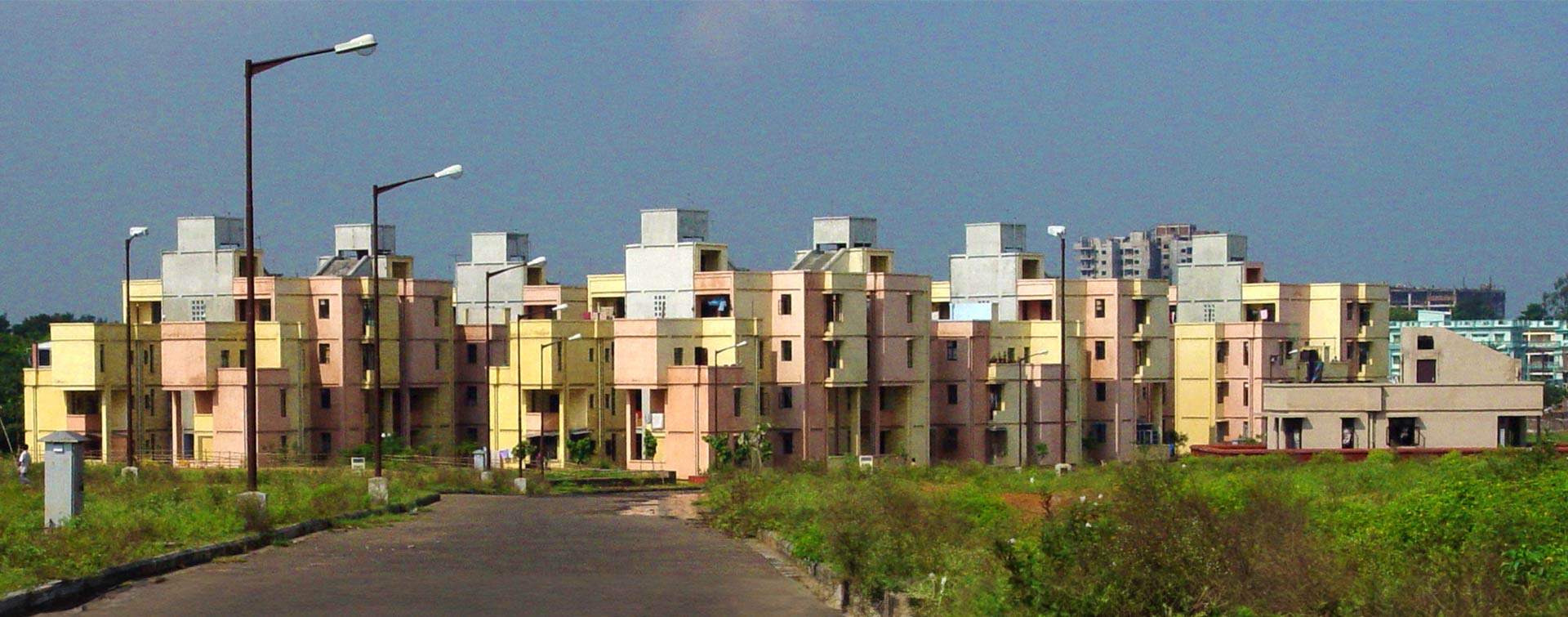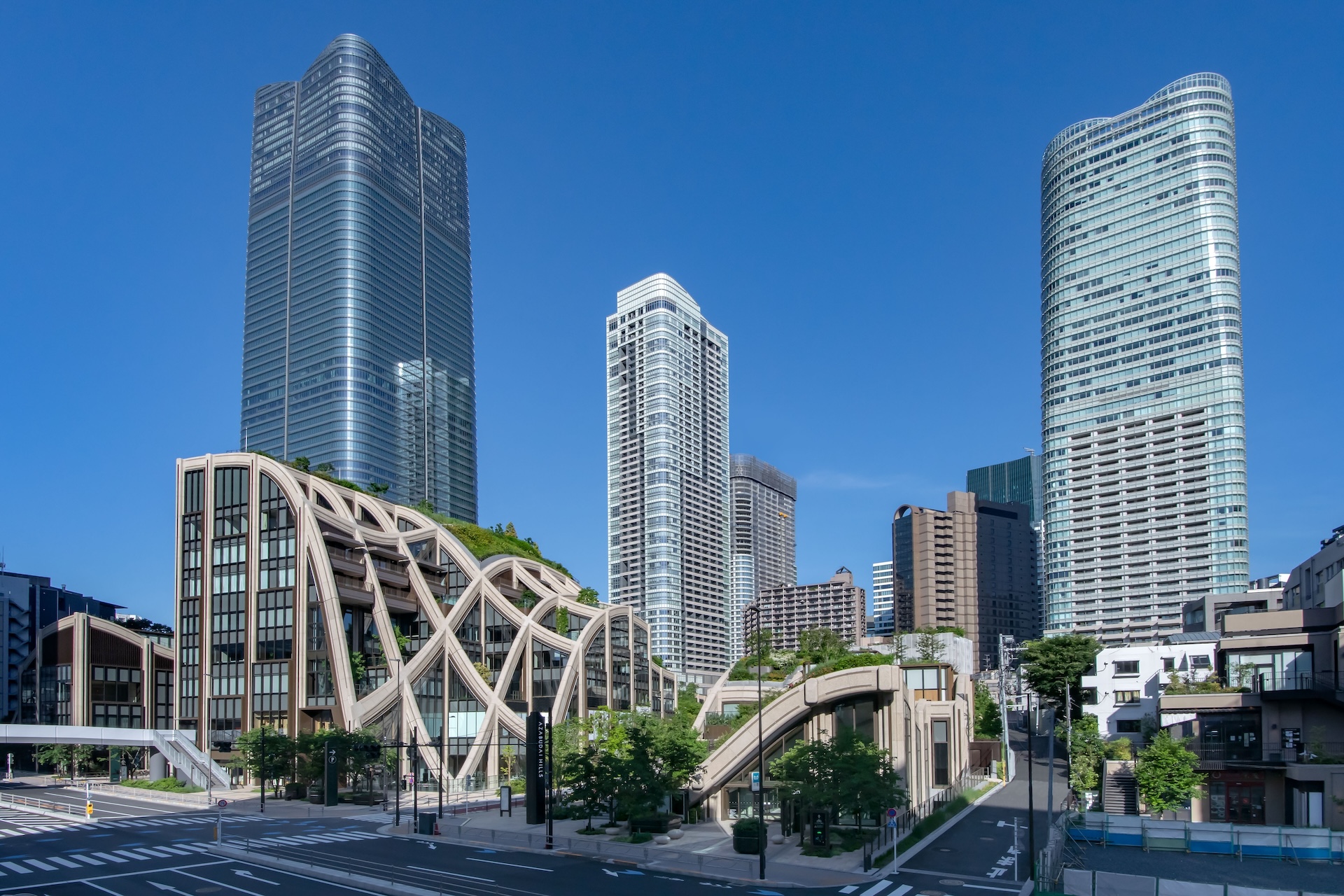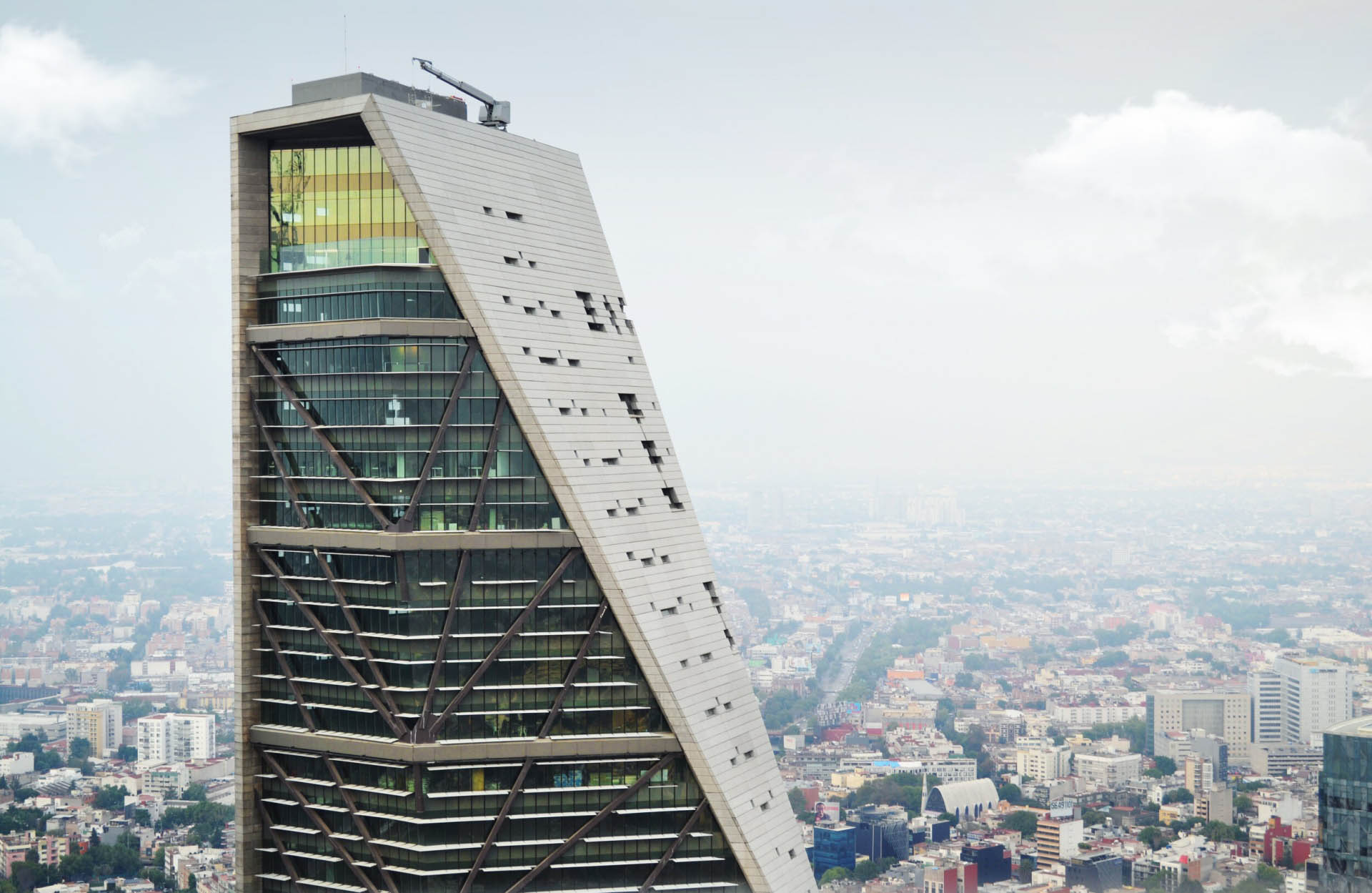 7 min
7 min
Since September 20, the Solar Impulse Foundation has been presenting the “City of tomorrow, an exploration in 1,000+ solutions” exhibition in Paris: what’s the aim?
We have staged this exhibition to respond to general climate anxiety, drawing on solutions. Only talking about the problem and its seriousness leads to depression and paralysis, whereas there are many possible ways for us to act. Presenting them in a place like the Cité des sciences et de l’industrie in Paris also allows us to reach children and young people. They will have to choose a profession in the future. Why not a job that is part of the ecological transition, where we are painfully short of qualified professionals? There aren’t enough solar panel installers, geothermal well drillers, cellulose wadding blowers, etc. If, today, we decided to roll out the 1,000 solutions currently presented in Paris on a massive scale – and that’s what we should do – we wouldn’t find people able to do it. We must therefore show young people where the jobs of the future lie and make them want to choose them. Why not by giving these roles a new name, such as “technicians of the future”? This would set them completely apart from the jobs of the past linked, for example, to fossil fuels. Contrary to what people would sometimes have us believe, the world isn’t virtual. To welcome new arrivals to the planet and cope with the rural exodus, we will need to build the equivalent of Manhattan every four months. The only question that arises is: which techniques are we going to use? Ones that will improve the situation or make it worse? Of course, politicians and industrialists have a decisive role to play in this decision. That’s why they are invited to the exhibition!
So, solutions for a city that is pleasant to live in and bearable for the planet exist?
They not only exist, but there are lots of them, for all geographies and economies. To date, the Solar Impulse Foundation has awarded a label to 1,530 of them, and this figure is not definitive (see boxed text). We didn’t invent them. We sought them out all around the world in every domain: energy, construction, transport, water, waste, etc. And I’m talking about solutions ready to be implemented, not more or less distant projects.
Also read: « Climate Week 2023: We can. We will. »
You put great emphasis on their profitability…
Let’s be realistic: the ecological transition has to be profitable or it won’t happen at all. From our point of view, it’s the best way to make it attractive to this world’s decision makers, who think in terms of job creation and industrial profit. The consumer’s point of view also counts. When you insulate your house to reduce your heating bills, you pay off your investment in a few years. It perhaps takes a bit more time with non-pollutant materials, which are a bit more expensive, but equally you will obtain a benefit. It’s the combination of economic and ecological criteria that creates a smart solution. Between ideas that are fantastic ecologically but unattainable and low-cost but ecologically harmful ideas, there is a broad scope of possibilities. This is the space where it’s effective to position yourself and where our labeled solutions are found. Taking the demands of profitability into account provides an answer to the question so often raised against the ecological transition: how are we going to pay for all this? Well, just like any investment that meets needs by generating a profitable return that will pay it off. It is a basic of economics, which distinguishes between investment and expenditure.
In this respect, would it not be better to choose a small number of solutions? This would make it easier to scale them up and thus help boost their profitability.
A solution’s usefulness does not solely depend on its scale-up. All its benefits must be taken into account. Installing a small power generation unit in a remote region rather than supplying energy from a large distant infrastructure does not merely improve the living conditions of its inhabitants. It also creates local jobs and, behind them, development. Besides, our decision makers’ obsession with the miracle solution is why we are not making progress quickly enough. The miracle is that there are so many solutions! I sometimes compare the ecological transition to a huge puzzle, in which all the pieces count, from the development of vast offshore wind farms to the efforts of a single data center to recover its waste heat instead of paying a fortune for air conditioning. Common sense is the most important virtue. Everyone intuitively understands that the heat found naturally beneath our feet is better than the one produced by burning oil. Everyone knows that letting the sun into a building only to cool it down afterwards makes no sense. The culture of technical uniformity is leading us to disaster. Let’s reconnect with that of abundance. It gives everyone the means to act on their own scale again. It’s much more motivating. And what our decision makers have to do is change the law so that it releases these forces of the future instead of favoring those of the past.
Also watch: Climate: six startups revolutionizing the construction industry
Among the solutions labeled by the Solar Impulse Foundation, what would be your top 3?
It’s a difficult choice because our experts do not label a solution without solid reasons. Limiting myself to construction – our subject here – will make things a bit easier for me… I really like Dramix® staples, which do away with rebars and mesh in prefabricated reinforced concrete. In addition to the savings on steel, they can reduce CO2 emissions by 35% by optimizing the elements’ resistance and size. I’ll also mention Airium™, which produces an insulating mineral foam on site with the materials that you find there, such as earth. For the reasons mentioned above, I would also choose SageGlass dynamic glazing, which electronically tints to control daylight. Incidentally, it’s an innovation from Saint-Gobain. All the same, let me modify your question to include Accenta Heat Geostorage, an interseasonal heat storage system, and Celsius Energy, which develops new-generation urban geothermal energy, in this ranking.
The Solar Impulse Foundation and labelIn 2016, the explorer Bertrand Piccard completed the first round-the-world trip in a solar-powered plane. In conjunction with this historic flight, he created the Solar Impulse Foundation, whose aim is to identify the innovative solutions at our disposal to meet the ecological challenges facing the world. It can be a (physical, digital, or financial) product, a service, a production method, or a combination of these elements. The solution must contribute to the sustainable development goals (SDGs) defined by the United Nations. It must already be on the market or aiming to be launched in the next five years. It must be profitable, in other words improve, over its lifespan, the financial position of both its producer and customer. On this basis, a jury of 370 independent experts awards it the “Solar Impulse Efficient Solution” label, a mark of credibility and visibility. To date, 1,530 solutions have obtained the label.
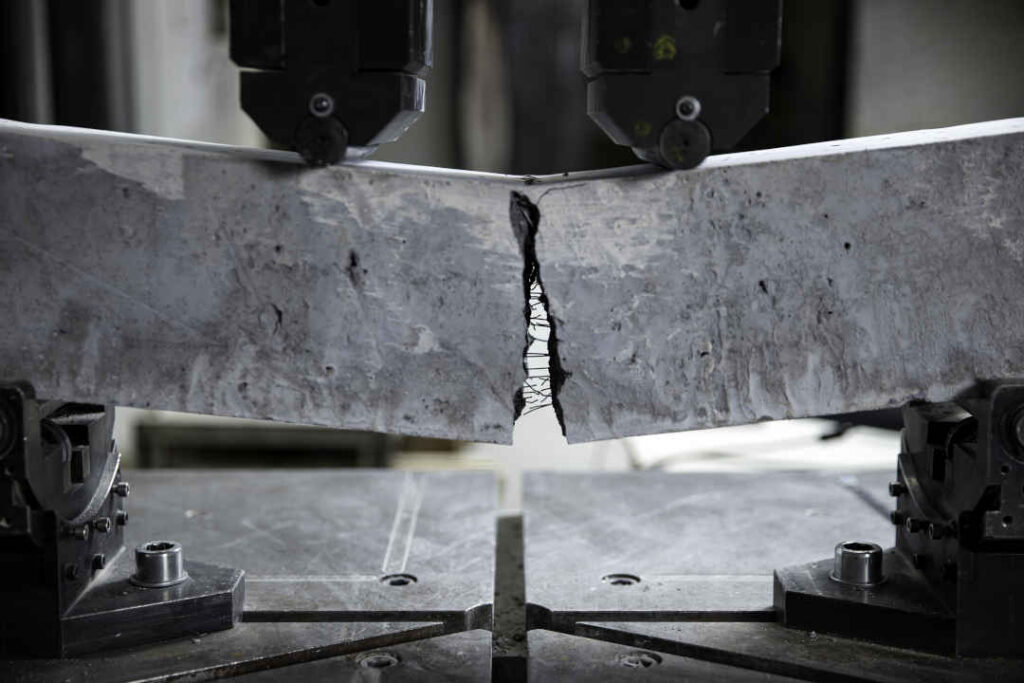
You have always described yourself as an explorer: after the Solar Impulse adventure and its round-the-world trip powered solely by the sun’s energy, do you have anything new in the pipeline?
Even if air traffic’s carbon footprint is only 3%, we have to do everything to reduce it. I’m therefore preparing for a new round-the-world trip, this time in a hydrogen plane prototype. Its construction is beginning in early 2024 and… I’ll say more about it when the time comes! Whether you live it out on land, air, or sea, the ecological transition is an exciting adventure.
Photo credits: ©Solar Impulse/ Stefatou/ Rezo.ch, ©Philipp Böhlen, ©Bekaert





